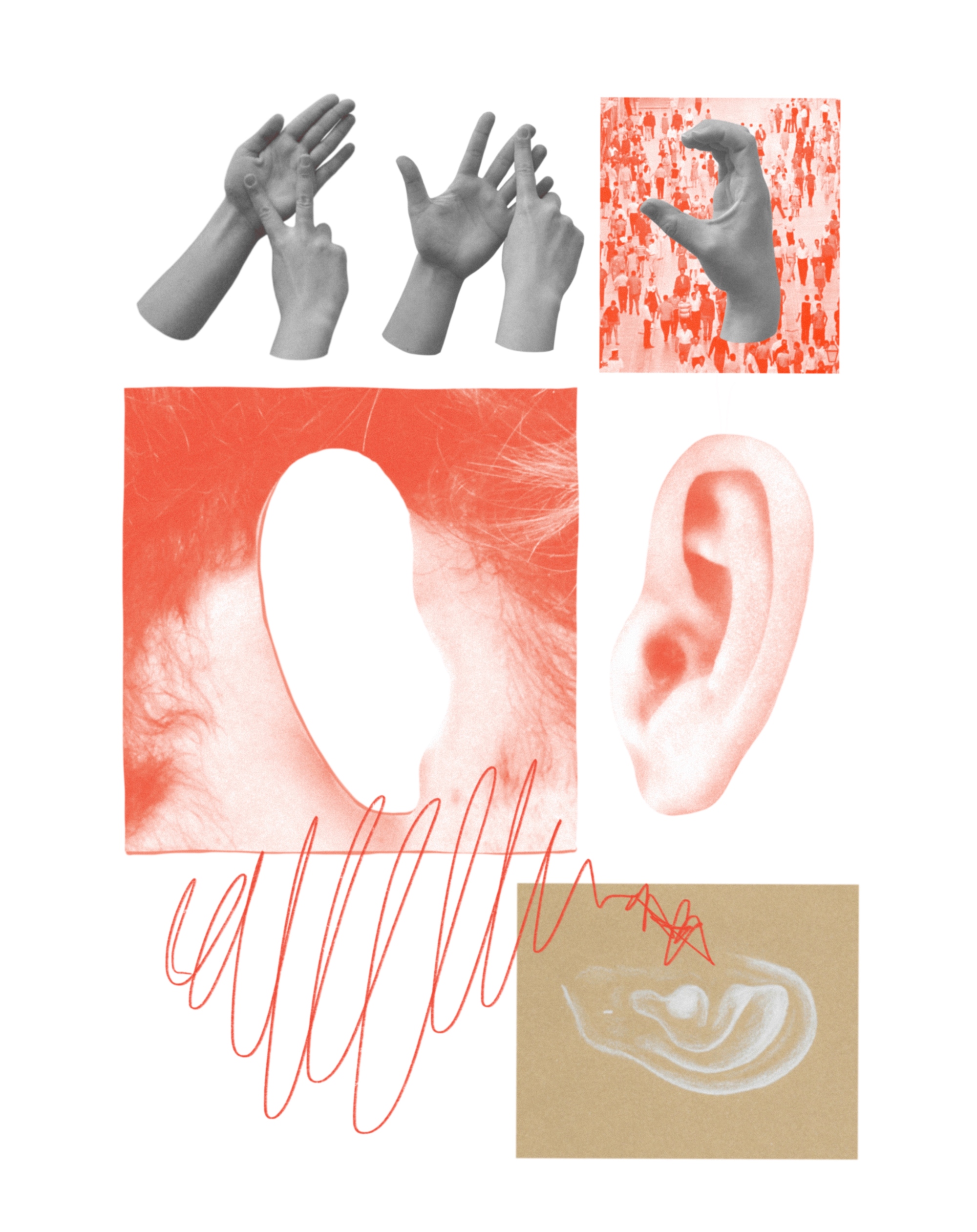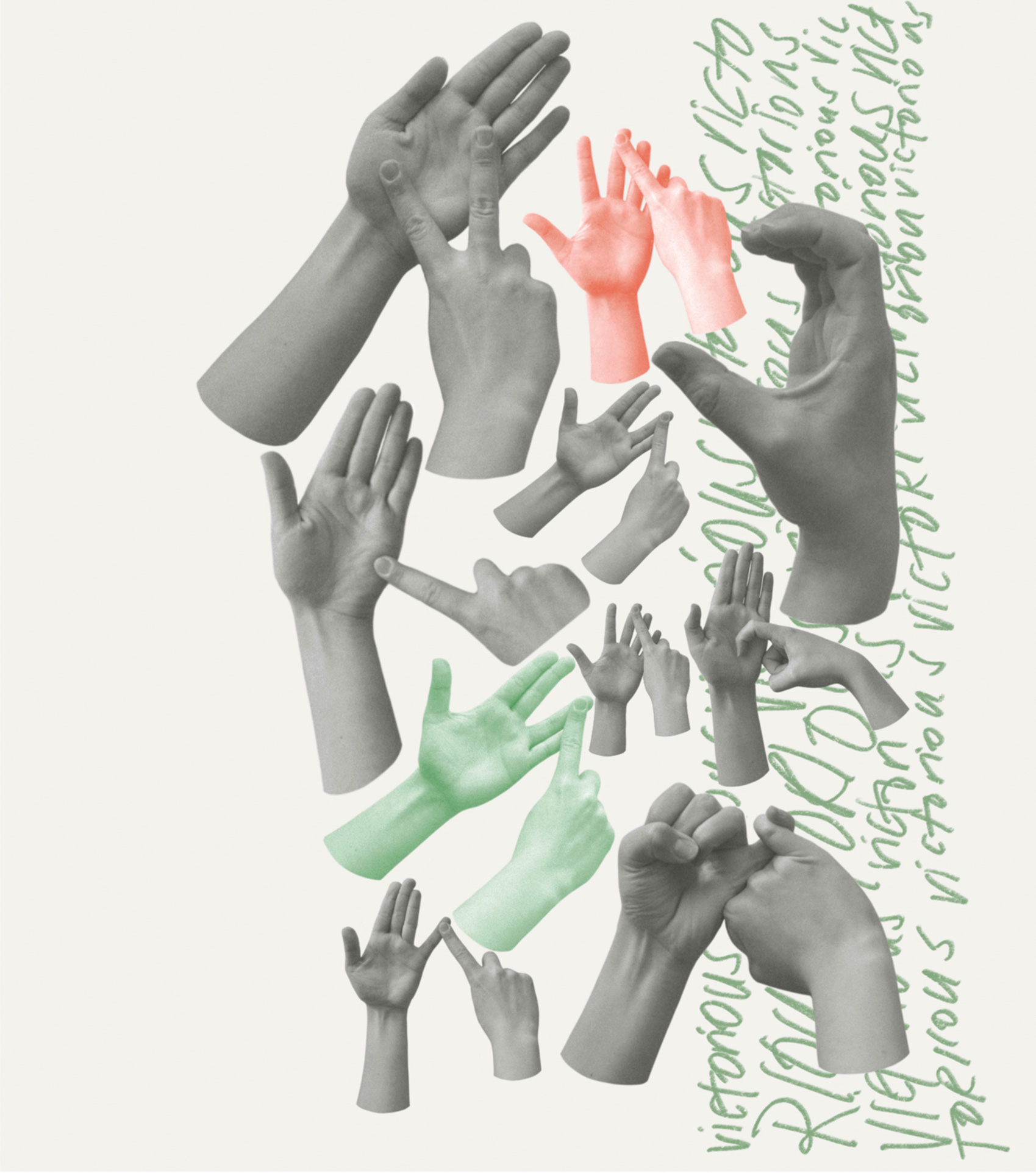“The first dictionary we produced was a print dictionary, which was published in 1997,” says Associate Professor Rachel McKee, who directs the Unit in Te Kura Tātari Reo—School of Linguistics and Applied Language Studies. “The research behind that helped to start the Unit. Then we created the online dictionary, which went live in 2011 and was updated in 2017.”
The Unit’s Dr Micky Vale is employed with help from the New Zealand government’s NZSL Fund to maintain and update the NZSL Dictionary, along with NZSL Share.
“We are now planning the next update for the online dictionary. The Deaf community is much more widespread now, so rather than using face-to-face meetings to give feedback on signs, we are acknowledging they want to use online methods,” says Micky.
“This saw us conceive and create NZSL Share, where Deaf people can upload signs they noticed aren’t in the dictionary yet but they know are being used. It’s been fascinating to see the words that are added—specific places like cable car, as well as names for people the Deaf community are talking about, like Jacinda Ardern.”




